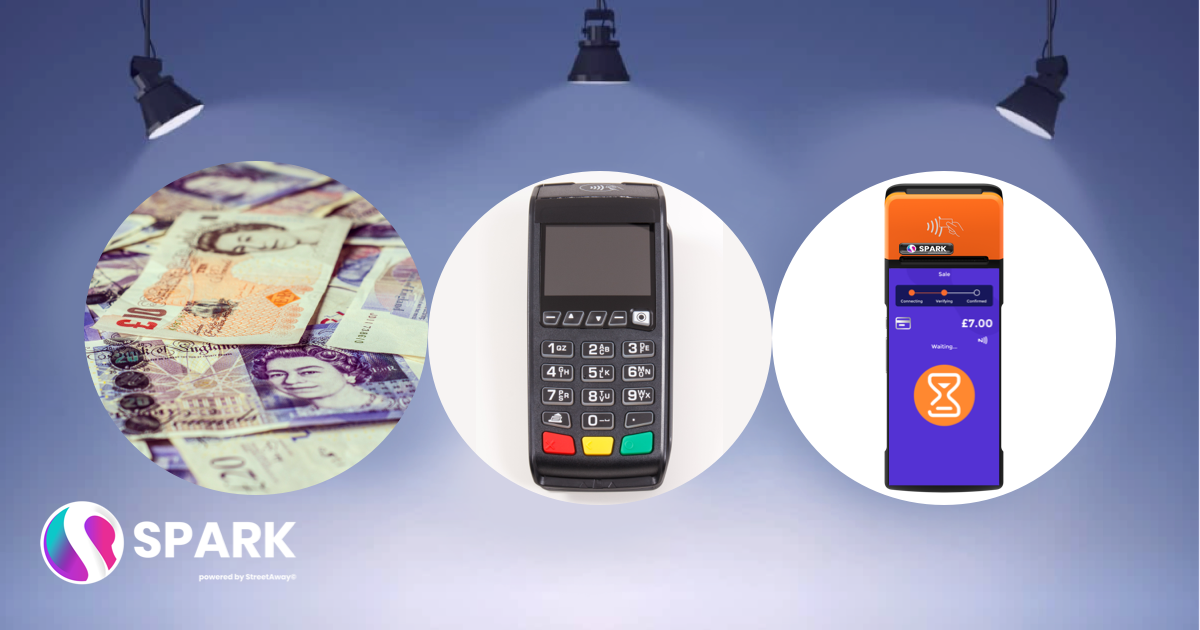“Automation refers to anything (a technology, process or procedure) that exists to reduce or eliminate inputs (human or otherwise) while maintaining (or improving) outputs; the technology, process or procedure operates independently and requires little additional intervention.”
In its broadest sense, automation performs tasks that used to be done by people. However, as AI technology advances, the definition of automation has evolved and adapted to include tasks that could never be achieved by humans. Nowadays automation usually refers to autonomous decision-making, analysing massive data sets, and continuously providing business forecasts based on historical data. With technology always changing, the hospitality industry is always looking for new innovative ways to streamline its service (73% of diners agree that modern restaurant technology improves their guest experience).
So what does the future of automation and technology look like in hospitality?

Ordering
Originally staff took orders using paper pads and pens (which are still used widely today). Once the order was complete they would have to run back to the kitchen to give the order to the chefs. However, if there was an issue with the order or a change of item, servers would have to run back and forth from the table to the kitchen until everything was correct for the customers. Thankfully the mechanical printers made the job a lot easier, as they would send tickets from the bar straight to the kitchen, vastly reducing the staff travel times. Nonetheless, if there was an error, servers would still be required to inform the chefs of the issue or change to the order.
To overcome this challenge, SPARK has created a digital KDS. A kitchen display system, which streamlines communication between the front of house and kitchen staff. This allows staff to make real-time changes to an order and it will instantly sync to the KDS alerting the chefs, so staff can spend more time dedicated to their customers and greatly improving the customer experience.
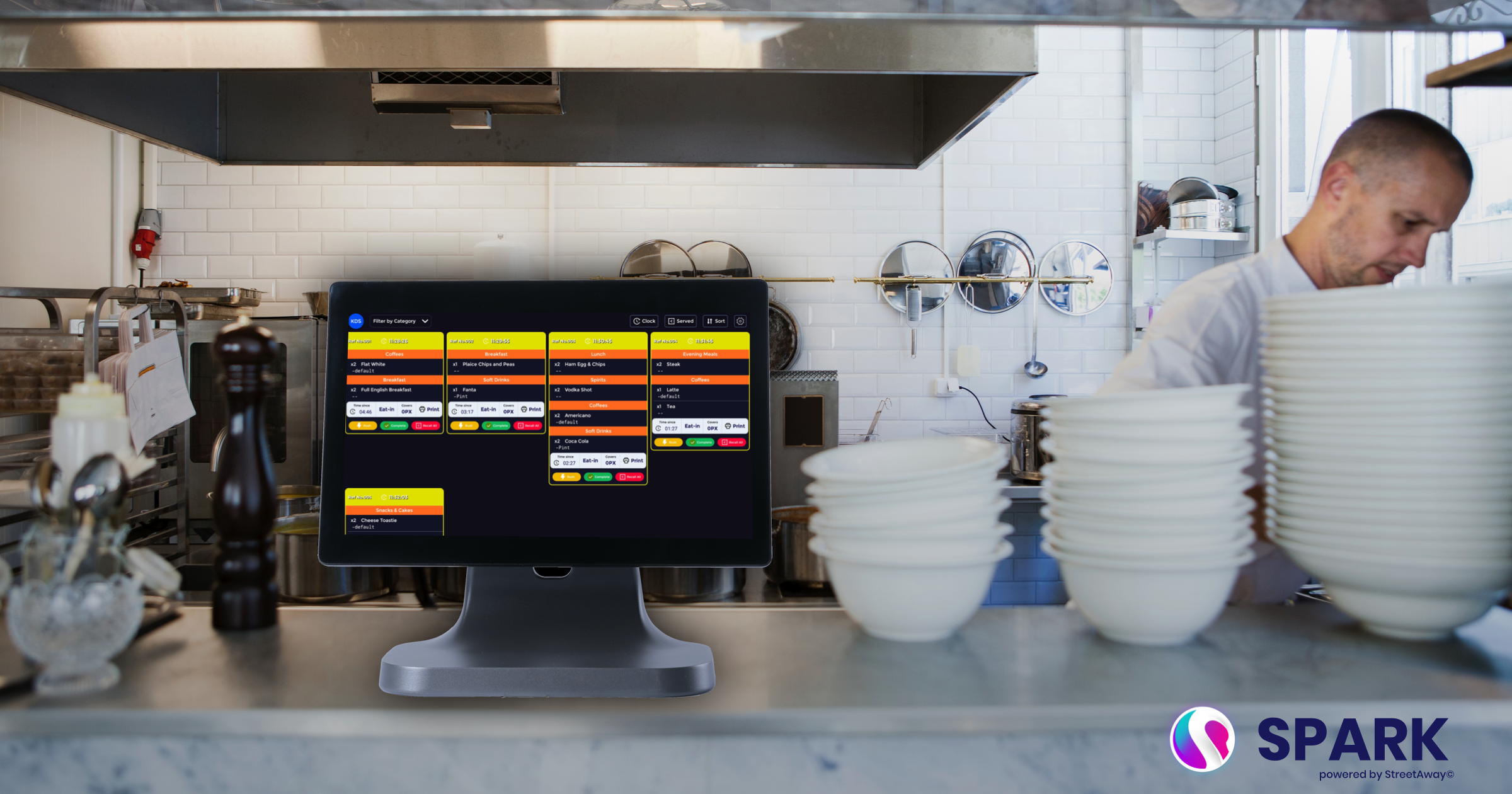
Self-ordering through kiosks and mobile phones is another way businesses can automate the ordering process. Customers are given the freedom to either place an order from the table through their phone, or at a self-service kiosk. This reduces the pressure on service staff so they can focus on interacting with customers whilst preparing food and drinks.
Recipes
Recipes are something that all staff members need to know in order to work efficiently, whether you are working behind the bar and need to make a cocktail or in the kitchen preparing a meal. In traditional pubs and restaurants, most recipes are recorded in books, cheat sheets, or on loose pieces of paper. Though this method is known to work, it does require extra time for staff to learn and remember these recipes. This is also not the most reliable method as these could get destroyed and damaged due to spillages or loss. Today, most recipes are shared with staff members digitally using smartphones.
SPARK provides an innovative solution to make recipes more accessible by displaying them through multiple digital platforms, such as on the Cloud HQ, Terminal, Kiosk, and KDS. This means recipes are more accessible to staff members and customers as they can be accessed on multiple devices.
Stock Management
Stock Management is a vital part of the hospitality industry, as managers use stocktakes to judge costs and ensure that they’re prepared for different events and seasons. In the past, managing stock has always been a manual and time-consuming task. The stock would be counted and recorded on a spreadsheet, often with items being added and removed, numbers being scribbled out and entered back in, and then working out how much you have currently invested in your stock at the time is a chore no staff member looks forward to. As technology became more accessible and easier to use, Microsoft Excel became a very popular tool to complete these tasks as stock numbers would be loaded into a spreadsheet and regularly updated. However, it was still a manual task, and very easy for mistakes to be made during this process.
Now, with cloud technology, hospitality businesses are looking for automated solutions to manage their stock. SPARK’s stock management system can help managers by alerting them when an item’s stock levels are low. The system does this by using a simple traffic light system. Red when the stock is low, amber when the stock is on its par level and green when there is plenty of stock available. Our system will also produce detailed analytics and display them on the daily end of day reports, to calculate how much stock was depleted, simplifying the whole stock management process.
To find out more about our stock management system, Book a demo today!
Reservations
Reservations are used throughout all kinds of hospitality businesses, such as hotels, restaurants, and cafes, they serve to make life easier for everyone. Making a reservation gives customers peace of mind that the restaurant can accommodate your party, allowing them to prepare for you, making your experience smoother when you arrive. The traditional way of making reservations has always been by calling the venue or speaking directly with the staff and asking to book a reservation. These reservations would be recorded in a diary alongside any notes about allergens or special requests.
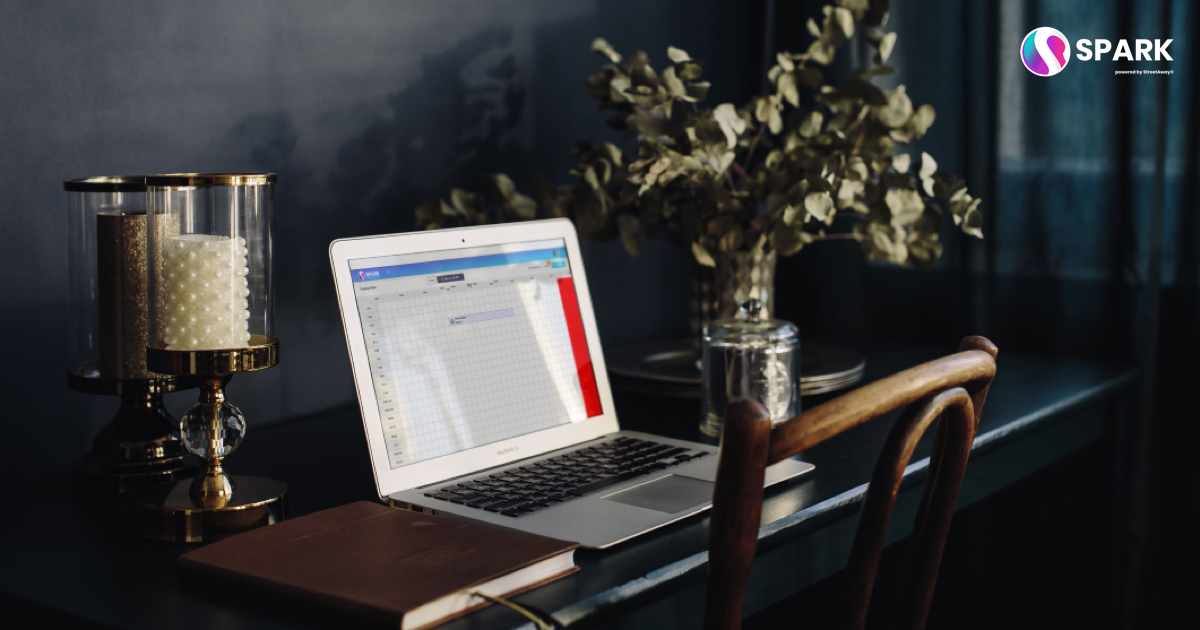
This is another area that has been modernised over the years with advancements in tech development and automation. Customers can still use those traditional methods to book a reservation but they can also do it online. SPARK Reservations allows customers to book online via the restaurant’s website or through their online self-ordering app. Utilising automated table assignment, hospitality venues can maximise covers and ultimately increase profits. Owners can also manage bookings from any device, anywhere. This allows managers to monitor and take control of their business with ease.
When a customer makes a reservation, their customer profile is automatically saved and they’re given the option if they want to receive marketing offers and updates. This will make it easier for hospitality venues to send targeted offers and promotions to customers but also store their preferences and allergens to deliver a personalised service in future. In the UK, 1-2% of adults have a food allergy. This, combined with the 5-8% of children with a food allergy, equates to about 2 million people. This figure doesn’t include those with food intolerances, which means the actual number of affected people living with some form of food allergy and/or food intolerance is considerably more. (Food Standards Agency 2016). Allergens are a very serious matter. Having these allergens saved on the system is a great way to safeguard your customers, allowing them to relax and enjoy the dining experience.
Service Charge, Upselling, and Preferences
Many hotels and restaurants charge a service fee, which is usually a percentage of the total bill (often instead of tipping). Service charges provide that little bit extra to the service staff when they’ve catered to larger groups. Unfortunately, it can sometimes be forgotten to be applied. Service staff are also expected to present the optional upsell items and preferences where they can. Usually, this is a case of simply asking if a guest would like a side of chips or salad and how they like their steak cooked. However, this is often forgotten causing staff to make repeat trips back and forth, from the table to the kitchen.
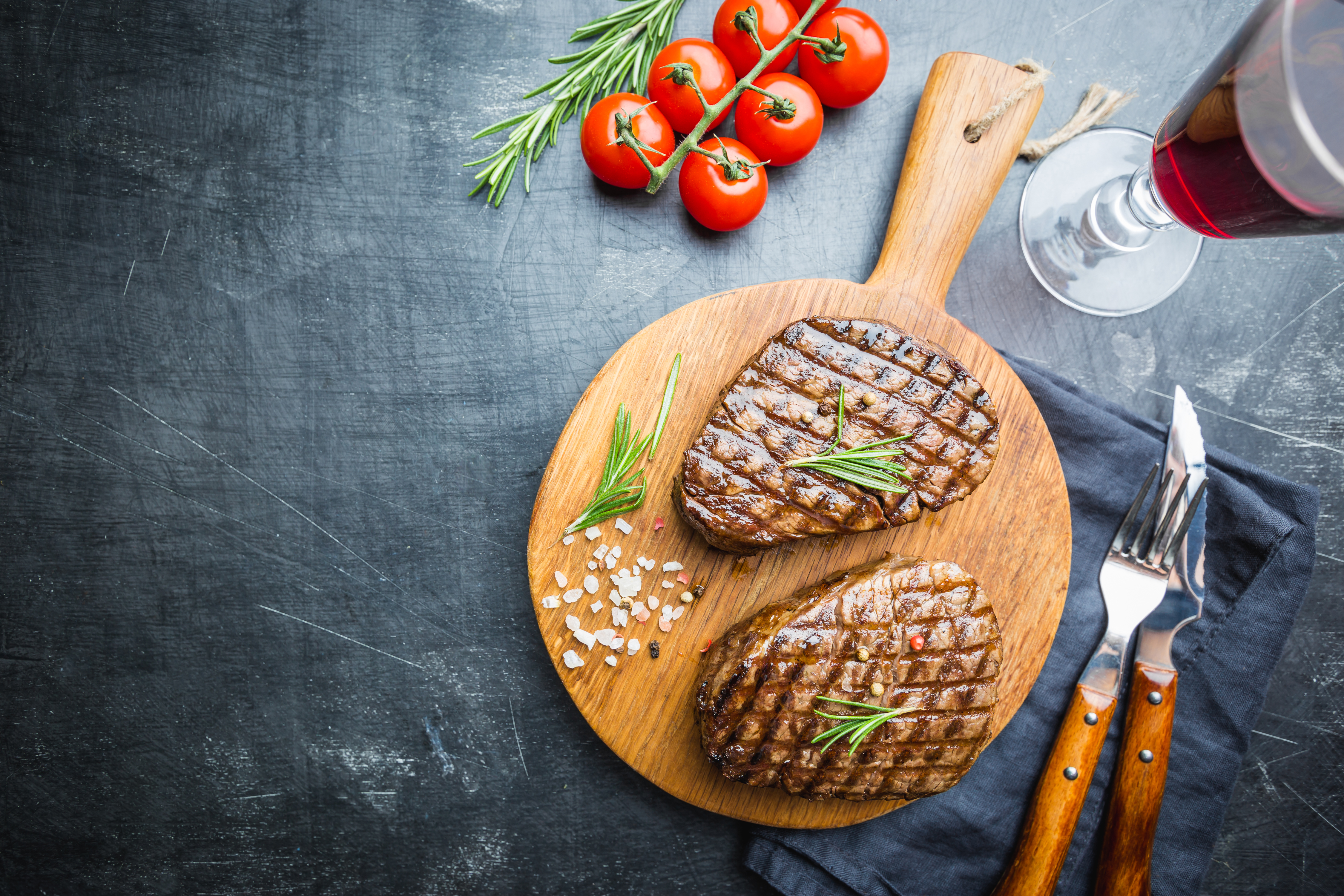
Thankfully, SPARK has developed a solution where automation, reminders, and prompts are built into the user journey to prevent things from being missed or forgotten. Service charges can be automated and automatically applied depending on the size of the group dining, removing the reliance on the staff members’ memory. Upsells and preferences can be selected while inputting the order through on terminals or handheld devices. By automating this process, profits aren’t lost and customers can enjoy their food with the correct sides and preferences.
Payments
Payments have come a long way in the hospitality industry over the last 40 years. Businesses are always looking for the most secure and fastest ways to take payments. Historically the dominant payment method was cash. Orders and bills were processed on mechanical tills, mentally or on paper. Over the years, the number of people using card payments has increased exponentially as it’s become the fastest and most convenient payment method.
The most explosive growth we’ve seen in payment methods has been due to contactless payments and smartphones utilising NFC technology to become our new, lightweight digital wallets. SPARK has developed an innovative payment device that can do so much more than just take payments anywhere and anytime. SPARK pay is a simple, smart tool that will streamline your business operations, as it is a full EPoS package condensed onto a portable handheld device. The whole customer journey, from ordering to payments can be done tableside, reducing journeys for the service staff. The device also allows staff to split the bill, improving the customer’s experience as transactions can be done quickly and at their convenience.
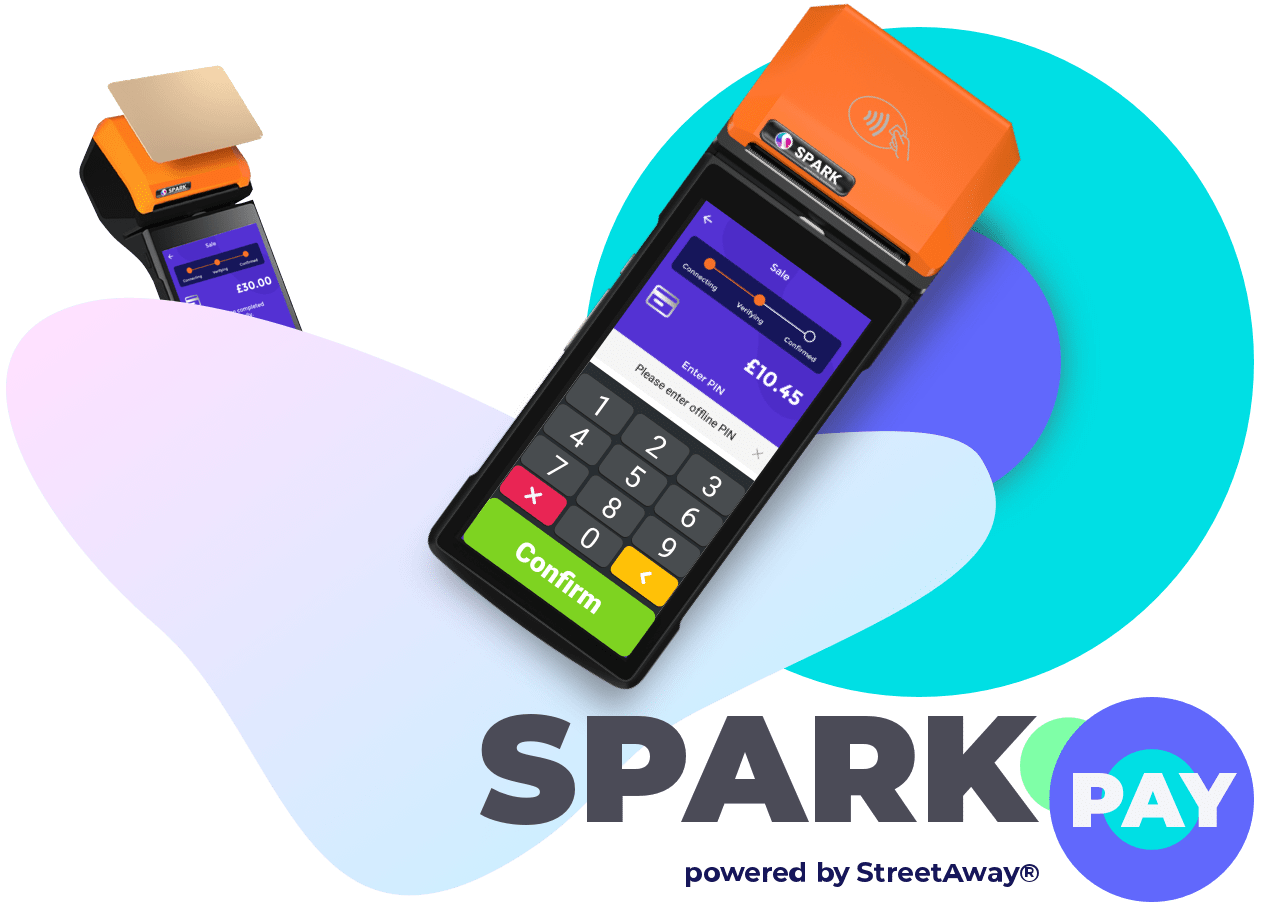
For more information on SPARK Pay check out or social media
What is the future of hospitality automation?
As tech innovations continue to reduce labour and increase convenience in the hospitality industry, many business owners and customers have mixed opinions on the new technology. More often than not, the new technology gets accepted as customers are exposed to new experiences and the businesses are able to reduce labour costs. Robotics seems to be the next key player in the future for hospitality, whether it is cooking robots preparing customers food, cleaning robots sanitising the tables, bartending bots that take your drink orders, or service bots that can serve you food and drink.
SPARK has recently partnered with Pudu Robotics and became the first UK distributor of hospitality service robots. We supply four robots, BellaBot, KettyBot, Puductor, and Hola Bot. BellaBot is an adorable cat robot, it is an autonomous robot that can deliver multiple orders from the kitchen to the tableside quickly using its trays. Customers can easily grab their orders from the robot and it can also take the dirty dishes away back to the kitchen.
Hola Bot is a delivery robot, ideal for clearing tables rather than service with its high carrying capacity, paging function, gesture recognition, and voice control module. Hola Bot is aiming to boost the turnaround efficiency for restaurant businesses and to help in smart hospitals.
KettyBot is an all-new delivery and reception robot, that has a sleek design and inbuilt camera that make traversing through any venue easy. KettyBot comes with a front display, so you can advertise all your menu specials and upcoming events. Or even collaborate with local companies and promote their services. This screen adapts to where your customers are so it is always visible.
Puductor is an air-purifying and UV cleaning robot. Due to the impacts on the pandemic, this robot can help minimise the risk of cross-infection and improves sanitary conditions for indoor environments safeguarding your staff and customers.
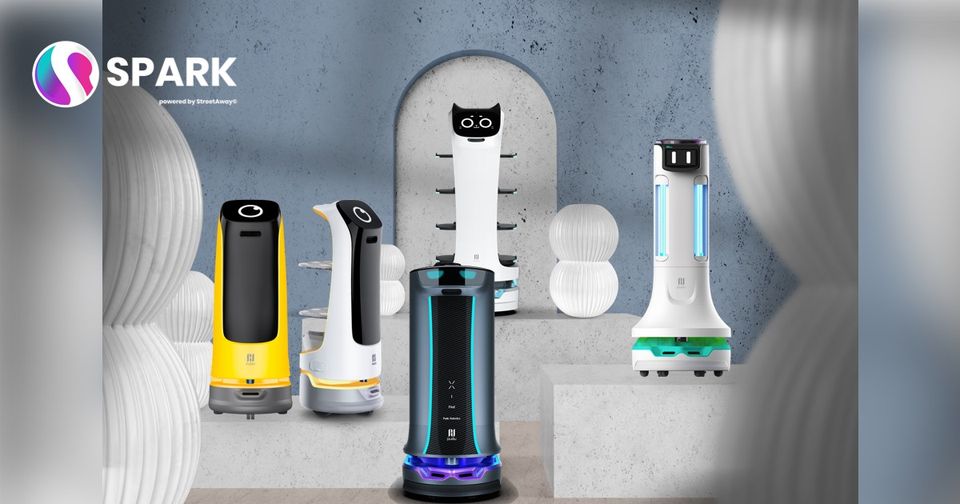
To find out more about our Bots today, check out our website
There’s no way around it, automation in the restaurant industry is gaining speed quickly, and it’s here to stay. This approach is one of many technologies and strategies that businesses are using to keep up with high operational costs and increasing competition.
Companies that are pioneering this technology are exploring how to balance the pros and cons of integrating it into their business model and finding just the right mix of rapid, repeatable automation.
To find out more ways that SPARK can automate your venue, book a demo today!
…

